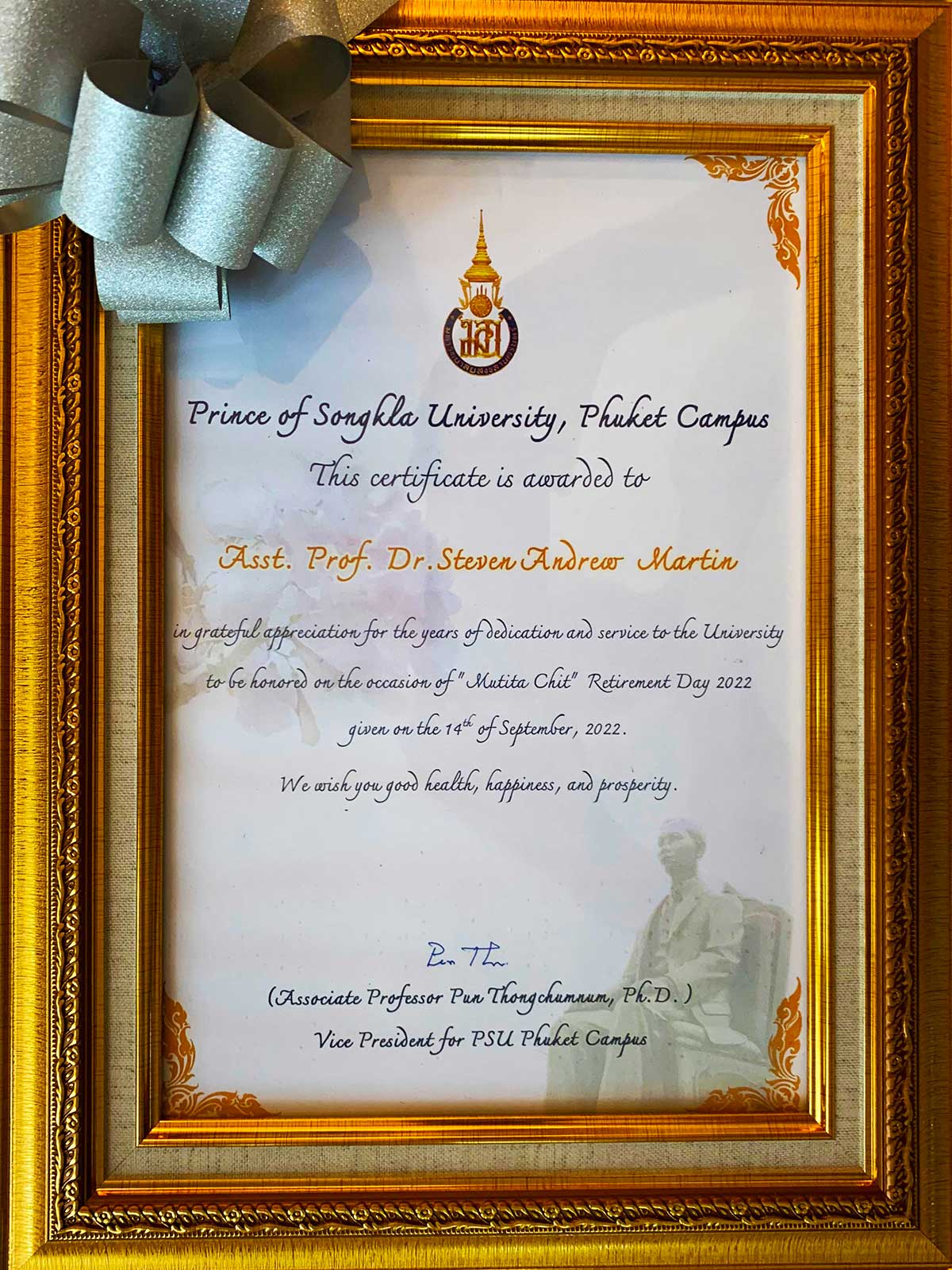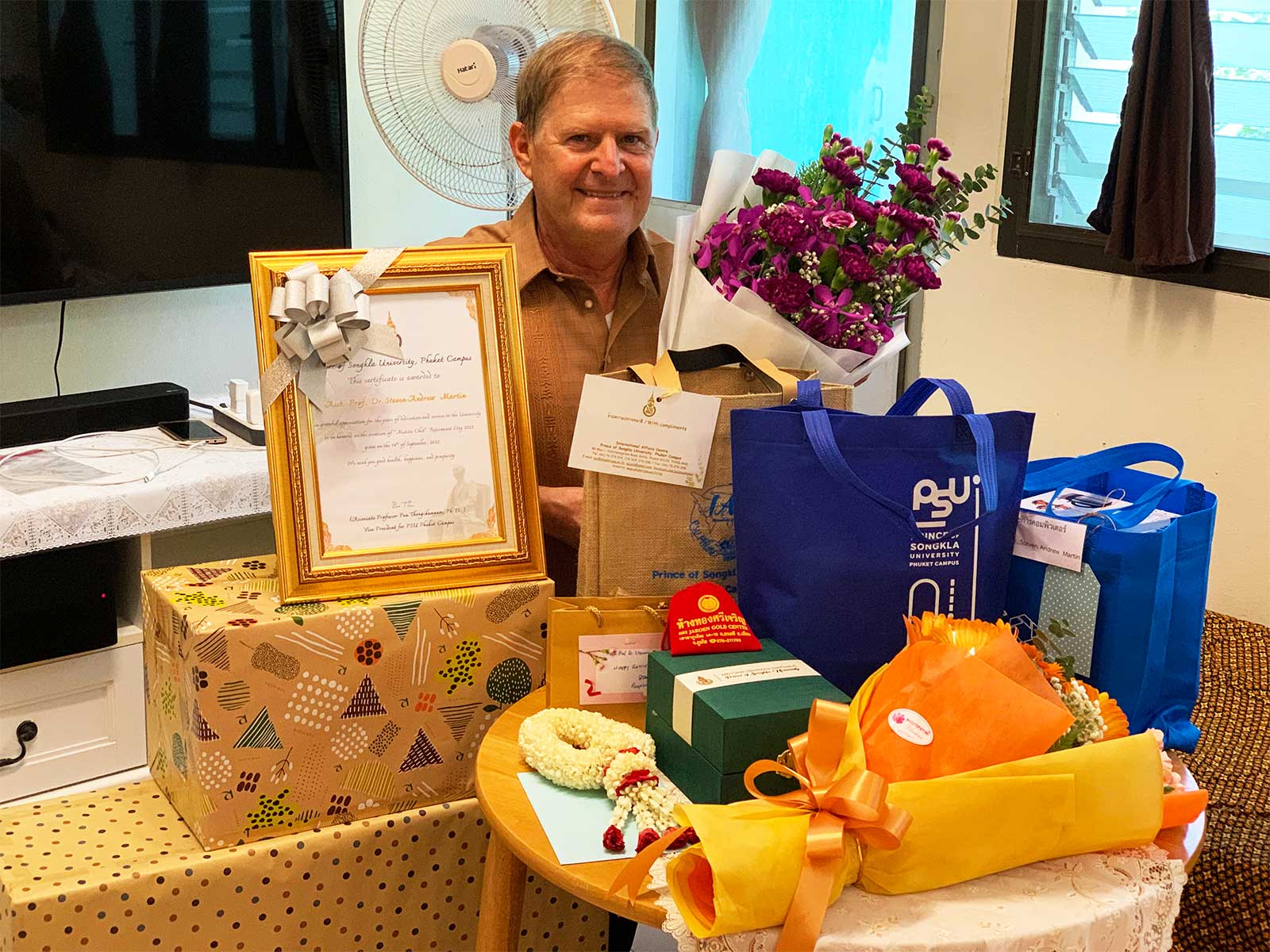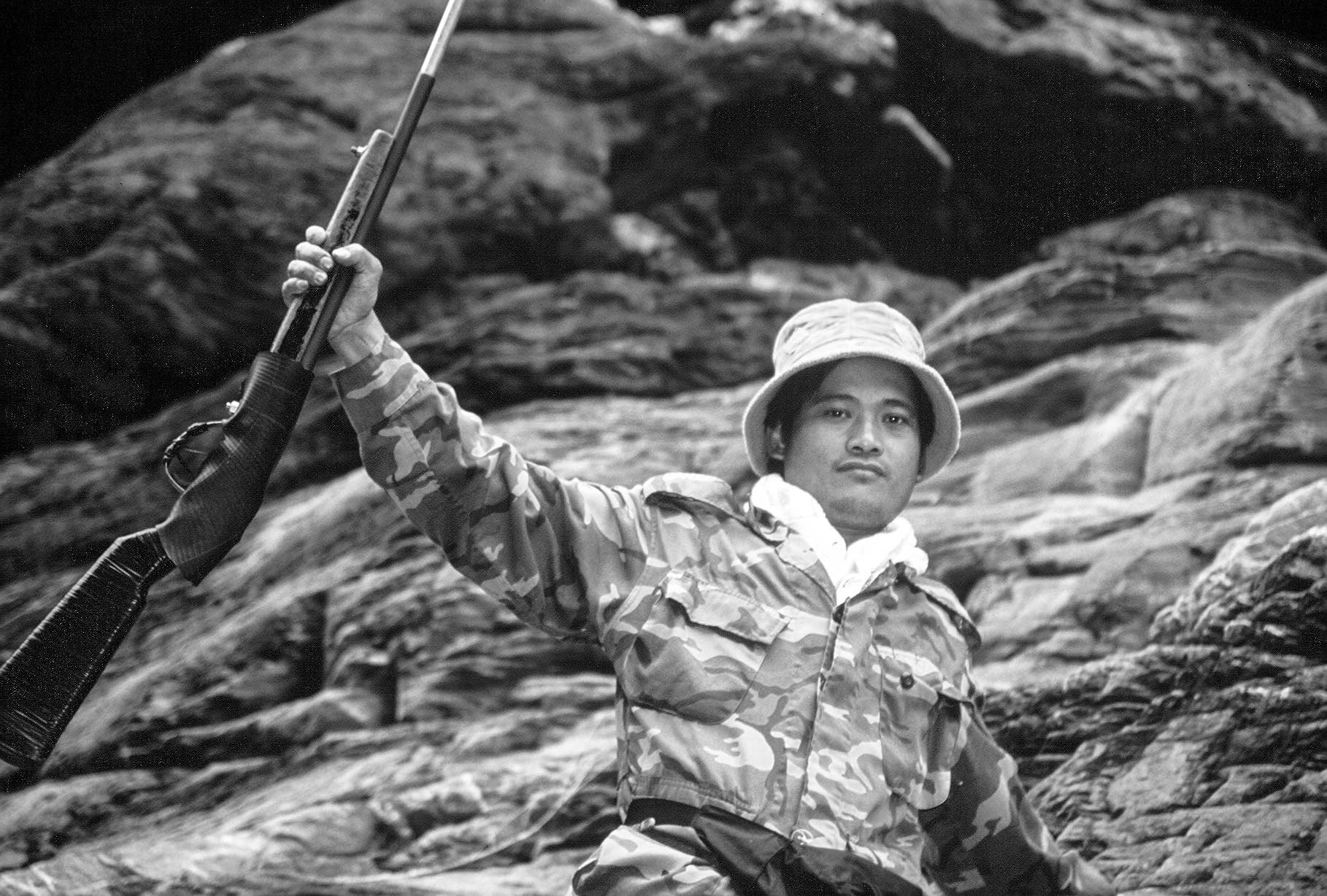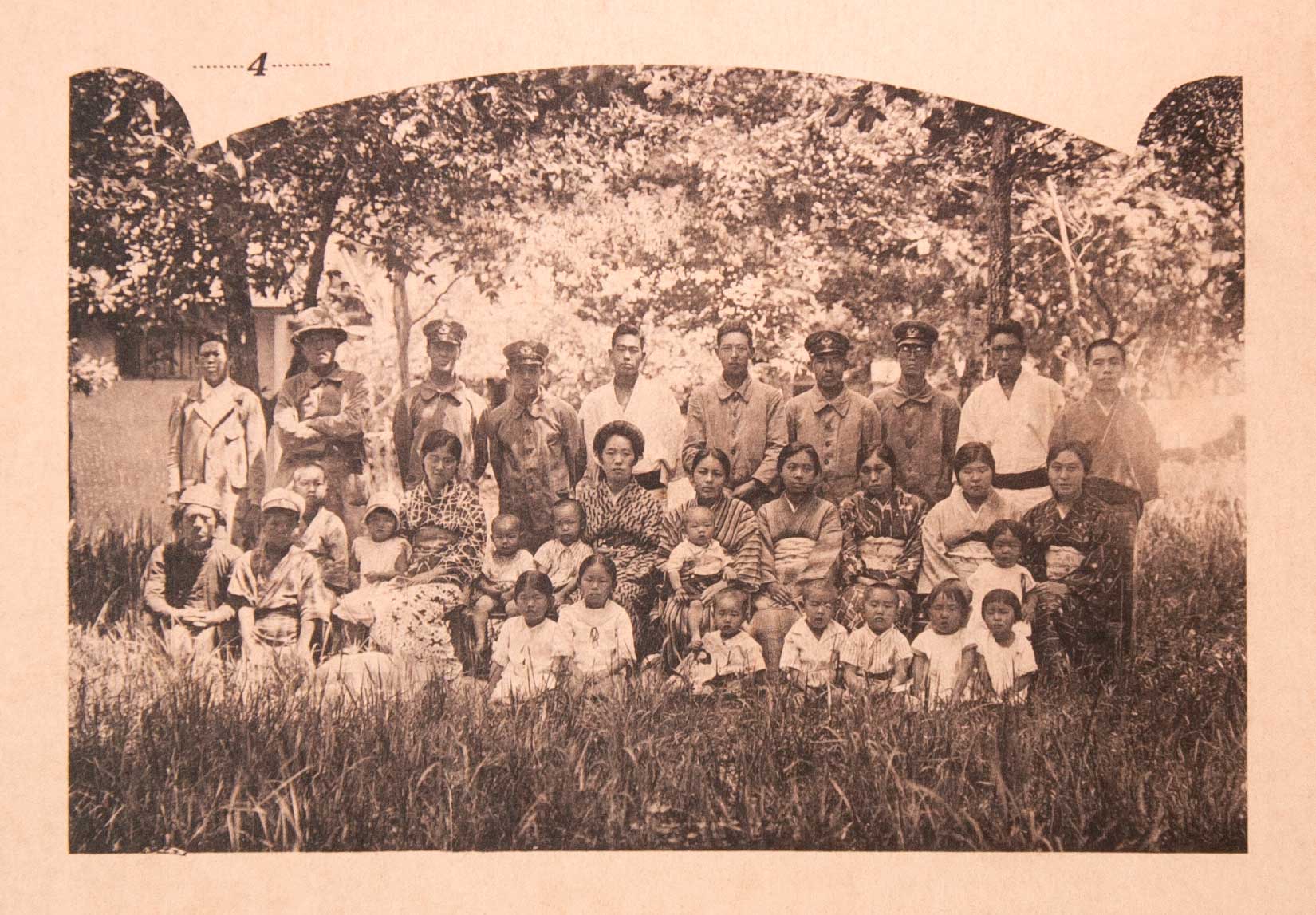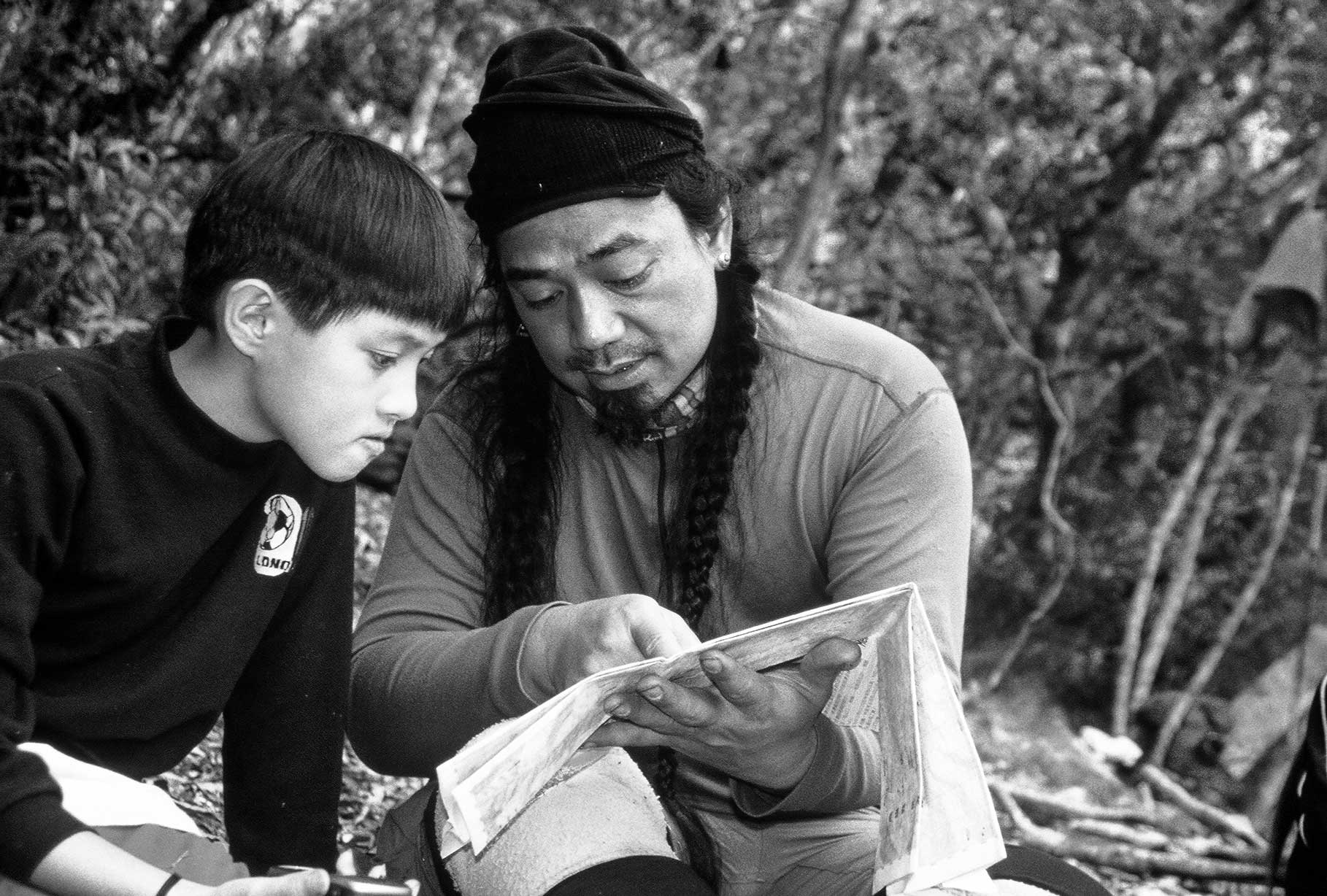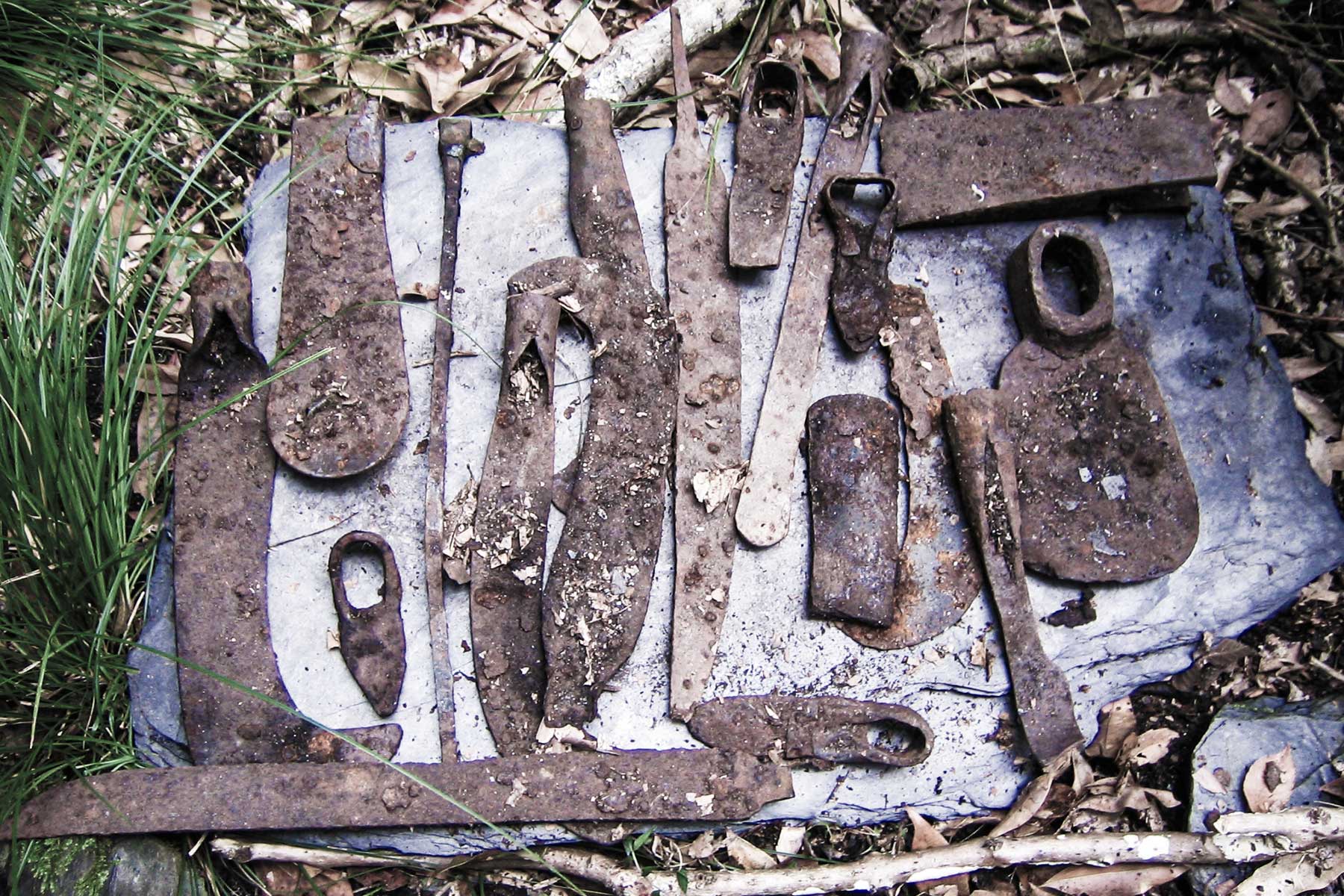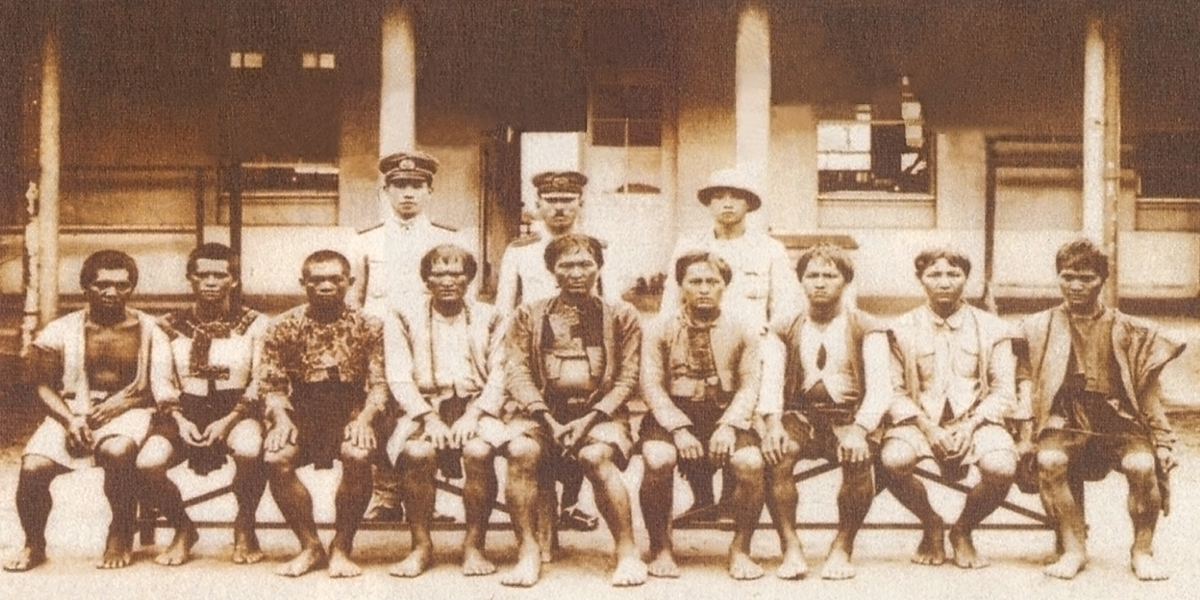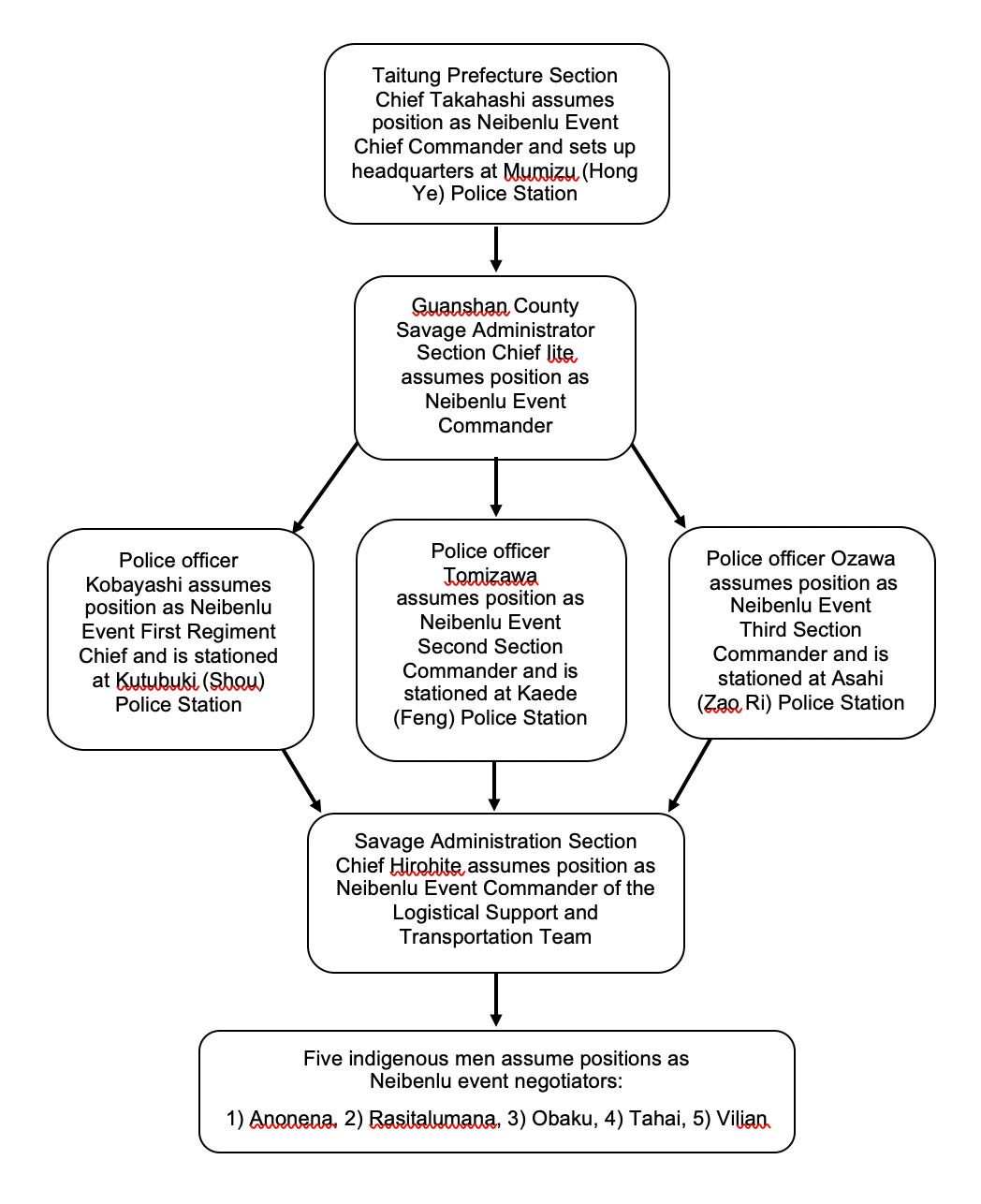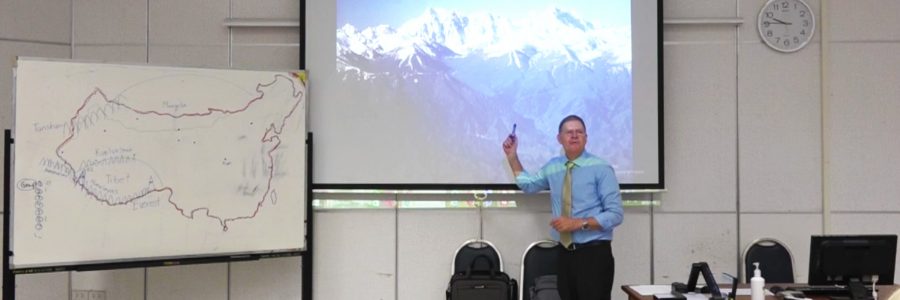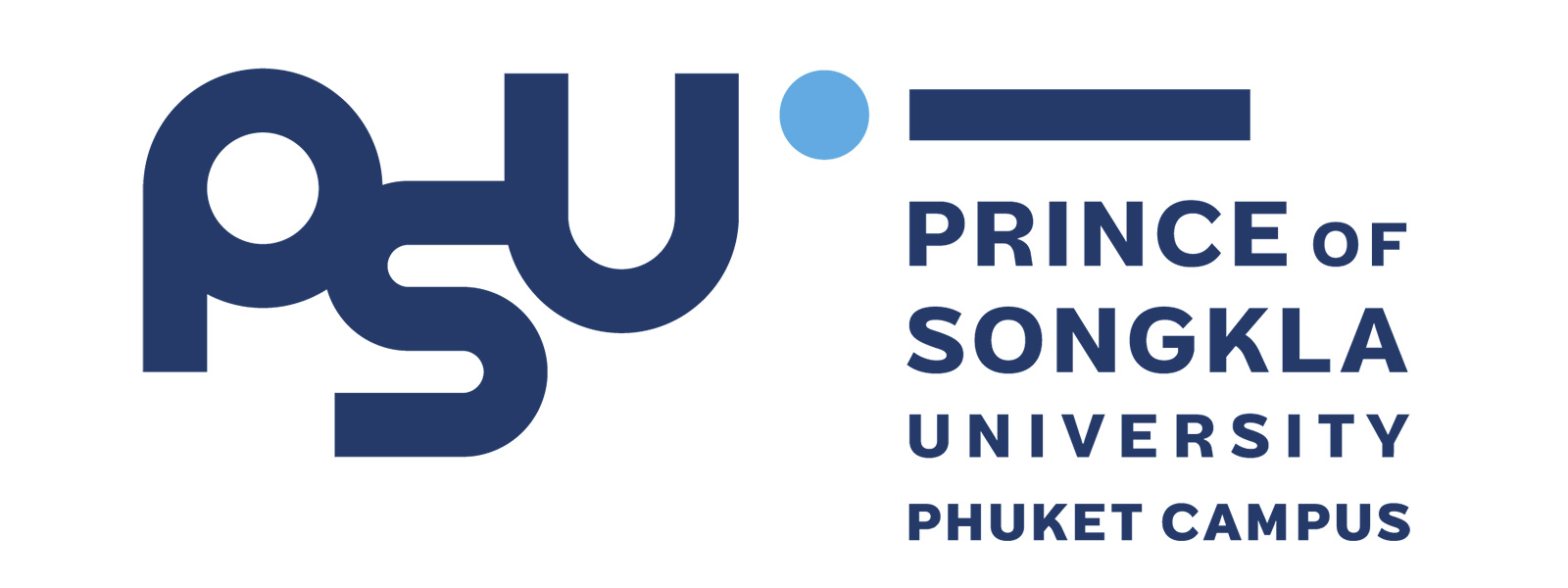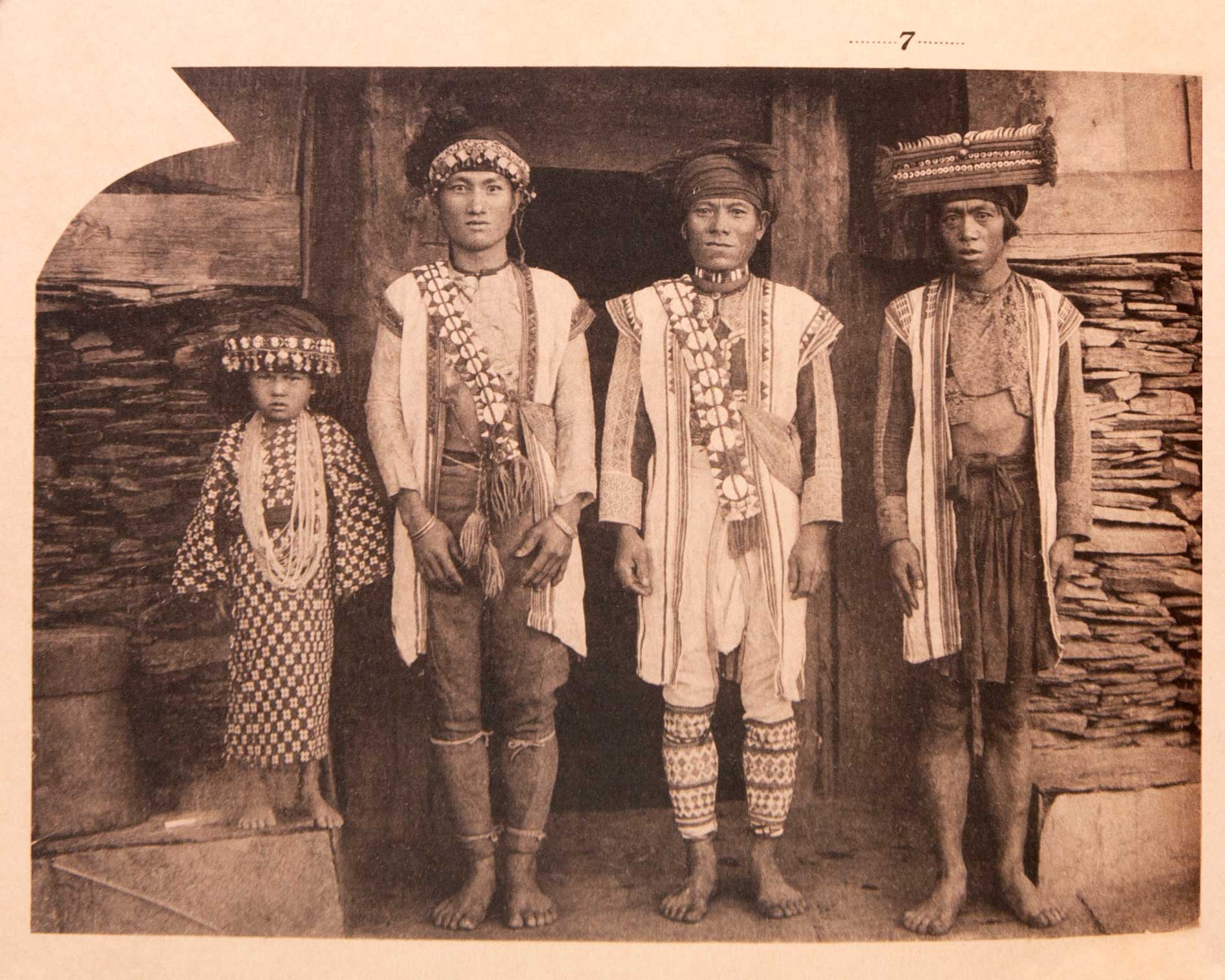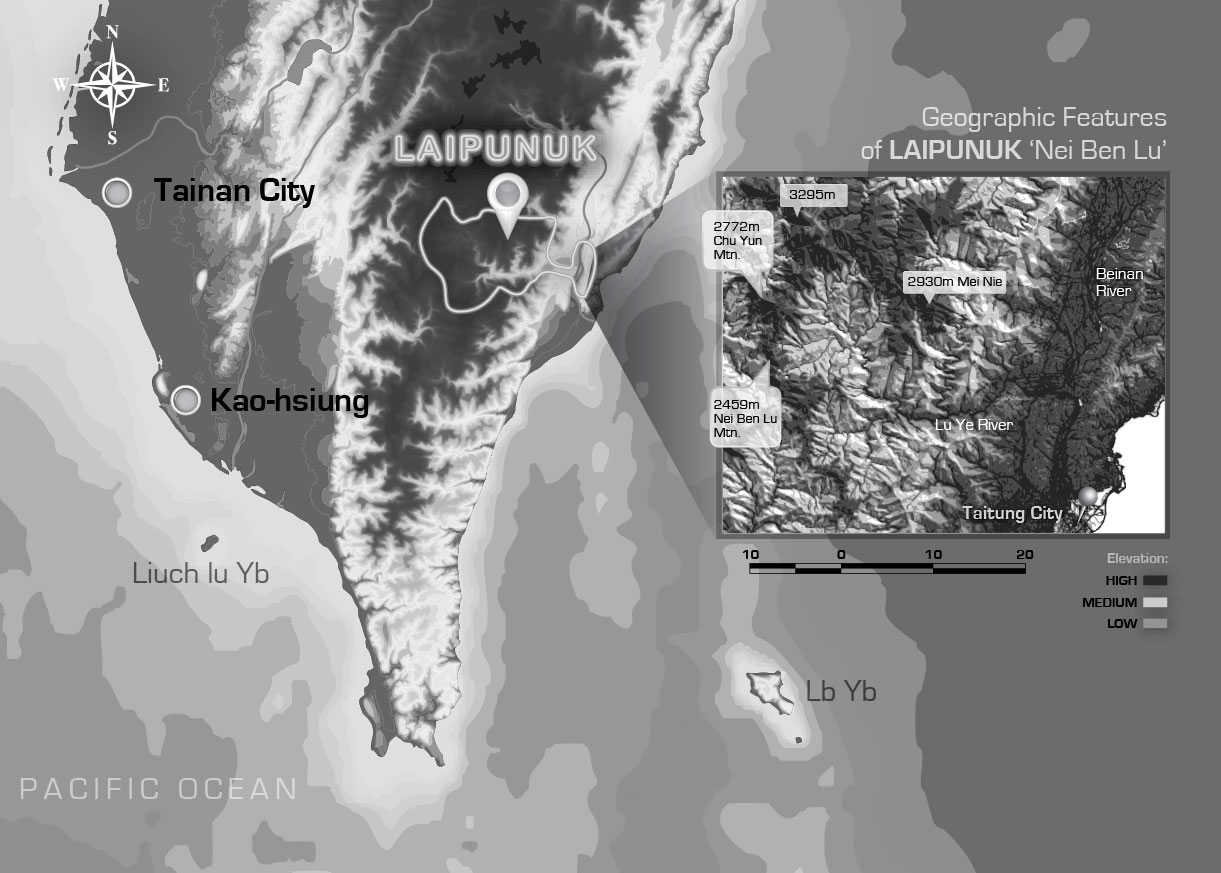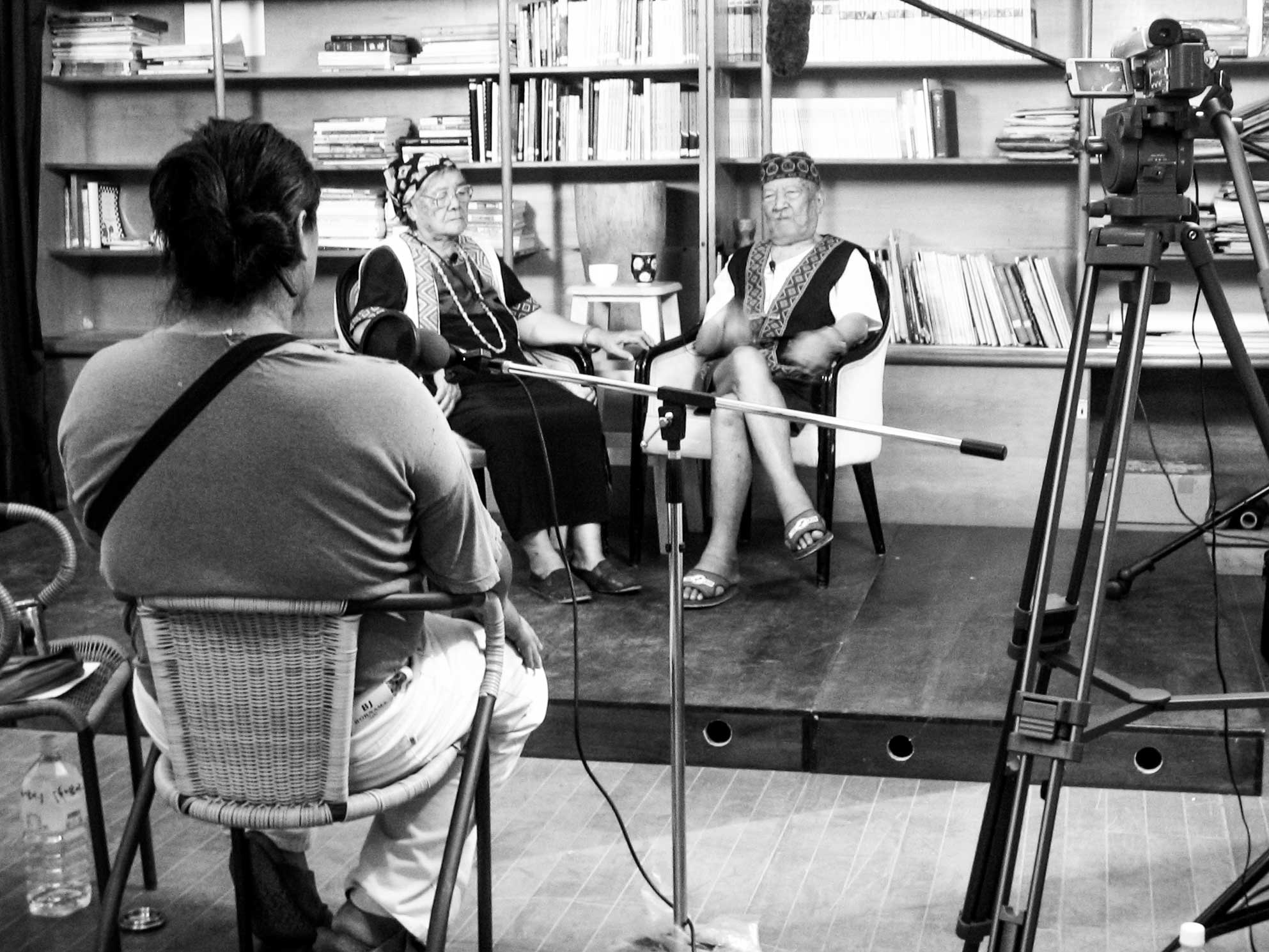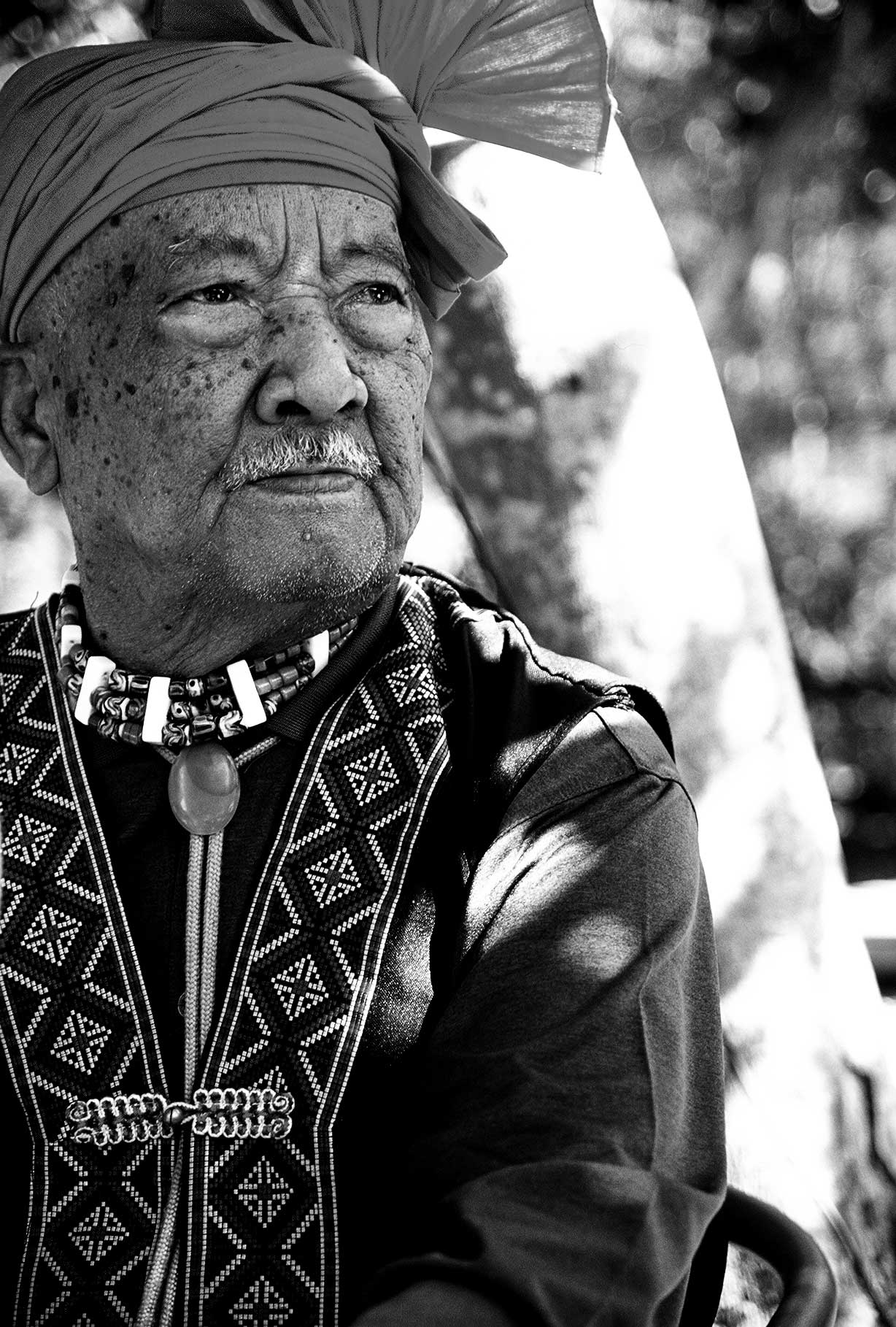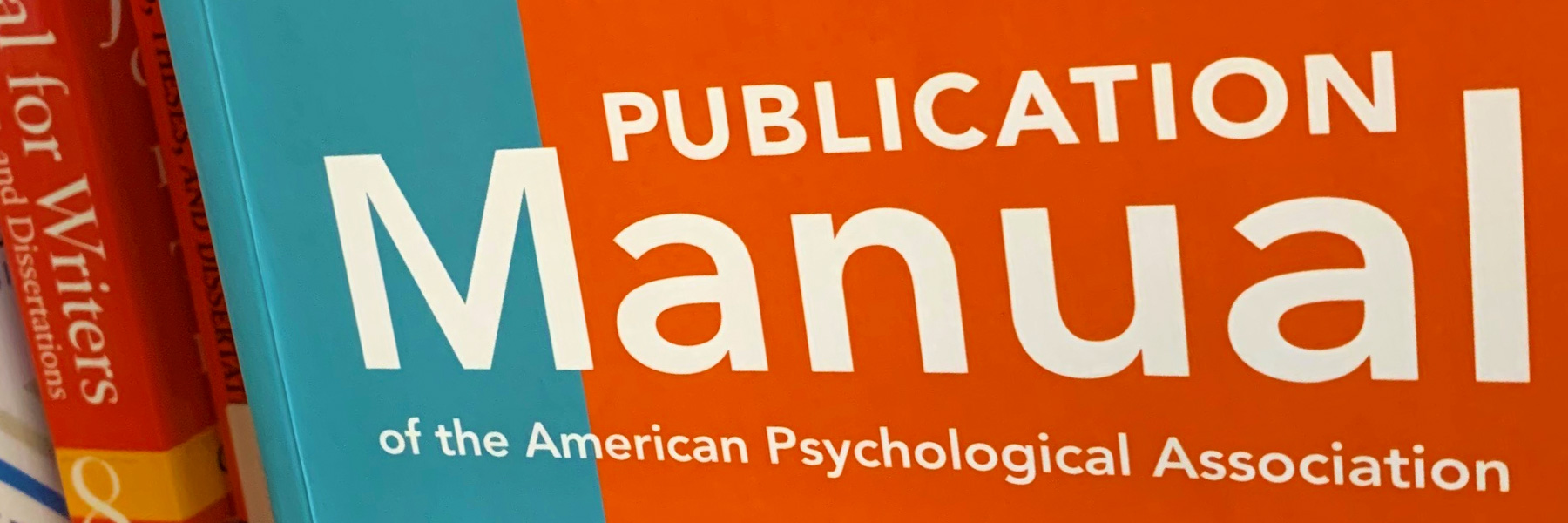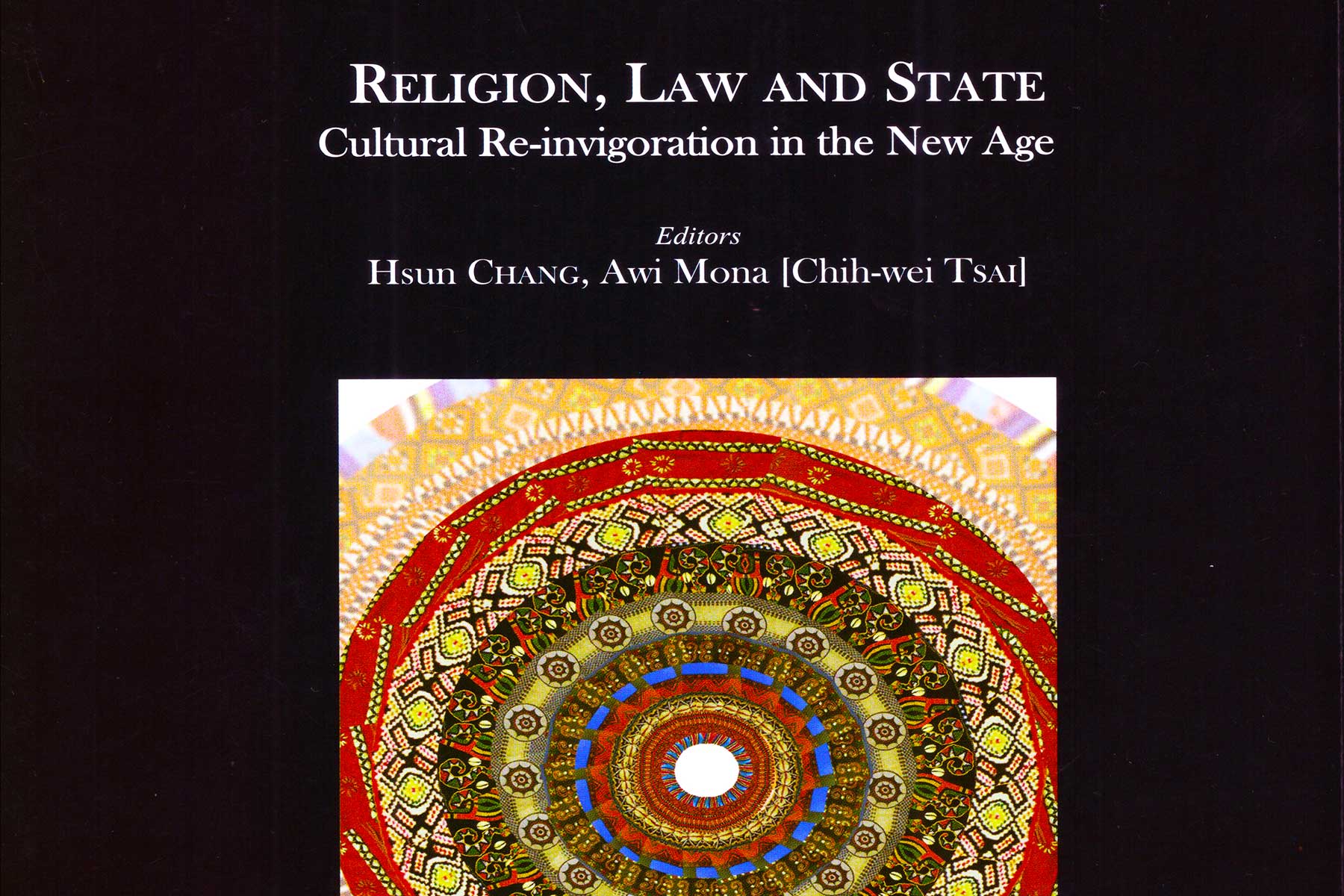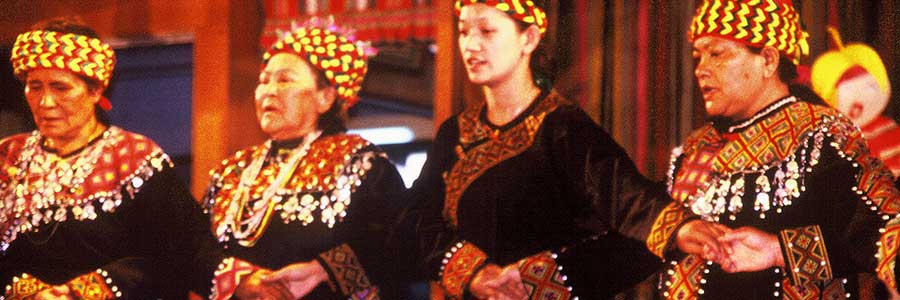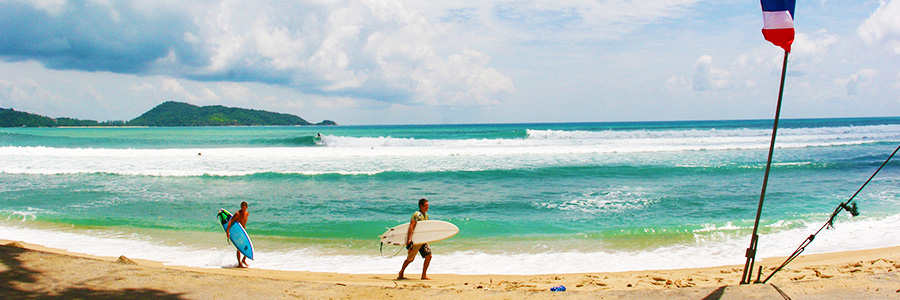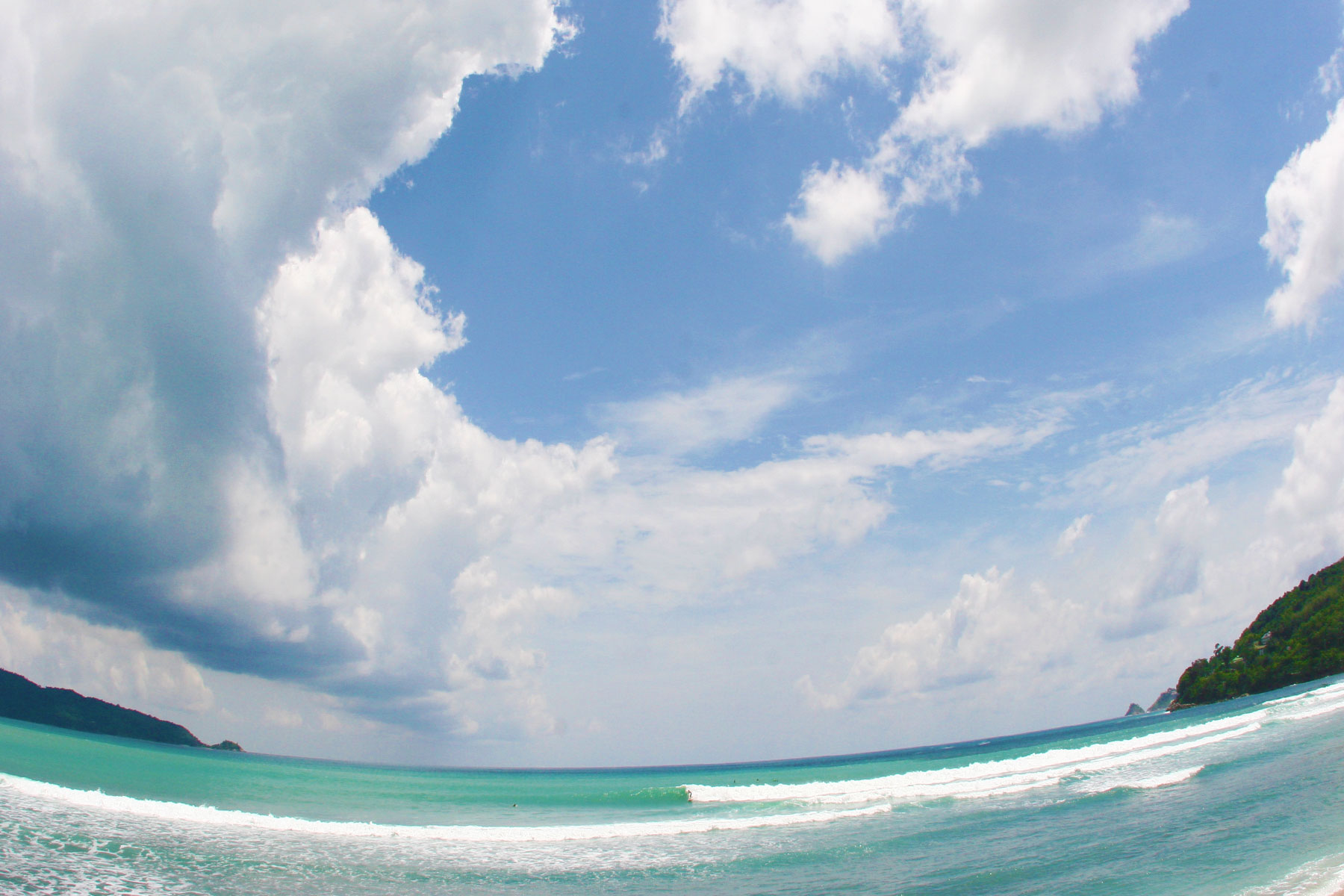Martin, S. A., & Blundell, D. (2017). Cultural continuum among the Bunun of Laipunuk (Nei Ben Lu), southern Taiwan (Ch. 8) (pp. 215–246). In H. Chang and A. Mona [C. Tsai] (Eds.), Religion, law and state: Cultural re-invigoration in the new age. Shung Ye Museum of Formosan Aborigines and SMC: Taipei.
Abstract
Over the past century, the Bunun people, an Austronesian-speaking indigenous culture of Taiwan, have withstood acute marginalization resulting from outside incursion, particularly from the Japanese (1895–1945) and the Nationalist Government (since 1945). However, in recent years democratic reforms ushered in opportunities for cultural conservation and new sustainability through cultural resource management. This research is focused on a particular group of Is-bukun Bunun speakers from the high-mountain villages of Laipunuk, Yen-Ping Township, Taitung County, Southern Taiwan. It seeks to identify aspects of intersystem cultural continuum amidst acute social change induced by external pressures. The research employed the translation of rare Chinese documents and interpretation by scholars in the discipline, the recordation of oral history through video and audio devices, by in-depth interview, and through participant observation. The study found that the Bunun have demonstrated profound cultural resilience in the contexts of ritual dance, marriage, hunting, religion, and the identification of place. Cultural traditions and behaviors were often modified and adapted to fit within the cultural norms and expectations of dominant cultures, yet deep intrinsic meanings were carried forward, crossing spiritual and generational gaps. The research offers a window to Bunun epistemology and cultural systematics, exploring how indigenous peoples perpetuate their beliefs and values through internal cultural transformation; it serves to document the home-grown cultural resource management of a Taiwanese human treasure for English readers.
Keywords: Southern Taiwan, Bunun, Laipunuk, Formosan indigenous, Bunun Cultural and Educational Foundation, historical cultural continuum


